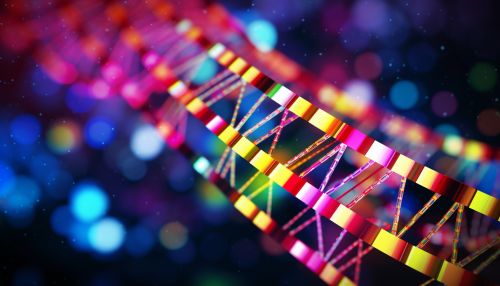Genetic history of East Asians
Introduction
The genetic history of East Asians is a complex and fascinating area of study that delves into the origins, migration patterns, and genetic diversity of the peoples of East Asia. This includes the ethnic groups from China, Japan, Korea, Mongolia, and other regions in the Far East. The study of East Asian genetics is a multidisciplinary field, incorporating elements of anthropology, genetics, archaeology, and population genetics.


Origins and Migration
The origins of East Asians are believed to trace back to the Out of Africa migration, which occurred approximately 70,000 years ago. This migration led to the peopling of the entire world, and East Asia was one of the last regions to be settled. The first humans to arrive in East Asia were likely modern humans, or Homo sapiens, who migrated from Africa via the Southern Dispersal route.
Genetic Diversity
East Asians exhibit a high degree of genetic diversity, which is a result of numerous factors including migration, isolation, and adaptation to diverse environments. The genetic diversity of East Asians is reflected in the many distinct ethnic groups found throughout the region, each with its own unique genetic makeup.
Genetic Markers
In the study of East Asian genetics, certain genetic markers have been identified that are prevalent among East Asian populations. These include the Y-chromosome haplogroups O-M175, C-M130, and N-M231, and the mitochondrial DNA haplogroups M, N, and R.
Genetic Diseases
Certain genetic diseases are more prevalent in East Asian populations due to specific genetic mutations. These include Thalassemia, G6PD Deficiency, and Beta-thalassemia.
